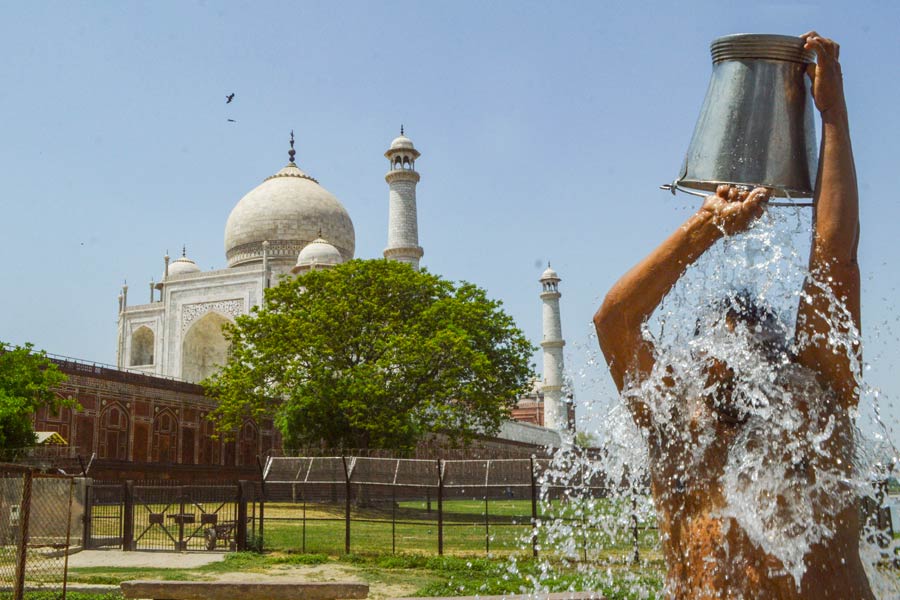Annu Mishra kept her modest food stall shut as temperatures in Odisha's Bhubaneswar remained above 40 degrees Celsius for 17 consecutive days in April. This streak was the longest since 1969, severely impacting health and livelihoods.
"The crippling heat made it extremely difficult to stand near the gas stove," said 51-year-old Mishra, noting that the only time her food stall remained shut for such a long duration was during Cyclone Fani in 2019.
Similar heatwaves could occur once every 30 years and they have already become about 45 times more likely due to climate change, leading climate scientists said on Wednesday, citing historical weather data.
The team of scientists, called the World Weather Attribution (WWA) group, emphasized that heatwaves intensified by climate change are making life much tougher for people living in poverty across Asia.
Amid a prevailing but weakening El Nino and the increasing concentration of heat-trapping greenhouse gases in the atmosphere, millions of people in South Asia endured brutal heat in April.
Record-smashing maximum temperatures were logged in parts of India, prompting health warnings from government agencies and some states to suspend in-person classes in schools.
The oppressive heat also shattered temperature records in the Philippines, Bangladesh, Indonesia, Malaysia, and Myanmar.
In West Asia, including Syria, Lebanon, Israel, Palestine, and Jordan, April heatwaves with temperatures above 40 degrees Celsius have become more frequent due to climate change.
As global average temperatures have risen by 1.2 degrees Celsius compared to the cooler pre-industrial climate, scientists predict that West Asia is expected to experience similar heatwaves about once every 10 years. If warming reaches 2 degrees Celsius, similar heatwaves will occur about once every five years.
Heatwaves can be deadly, with the elderly and children particularly at risk of heat exhaustion and heatstroke. According to the World Health Organization, more than 166,000 people died as a result of heatwaves between 1998 and 2017.
Extreme temperatures can also impact economies. People are less productive during hot weather, even if they work indoors, while children struggle to learn in extreme heat.
In Bhubaneswar, Mishra suffered a loss of Rs 20,000 due to keeping her food stall shut during the prolonged heat wave spell (16 days), the longest since April 2016.
"Other street vendors were allowed to sell their produce and articles between 6 am and 10 am in the morning and 6 pm and 10 pm in the evening, resulting in massive losses for them. Many suffered heatstrokes," Mishra, who is also a member of the local street hawkers' association, said.
Experts suggest that the population aged above 65 and below 15 needs special attention in terms of preparedness to reduce the impact of extreme heat on health.
"Cities in India need to identify vulnerable populations expeditiously and prepare heat action plans accordingly," said Vishwas Chitale, senior program lead at the Council for Energy Environment and Water.
The WWA emphasized that some countries, such as India, have comprehensive heat action plans in place.
Yet, to protect some of the most vulnerable people, these plans must be expanded with mandatory regulations, such as workplace interventions for all workers to address heat stress.
Except for the headline, this story has not been edited by The Telegraph Online staff and has been published from a syndicated feed.










